International Stamps and Designs
The main purpose of a stamp is to prove the prepayment of postage and it facilitates the mail delivery since 1840, the world’s first postage stamp -Penny Black in UK. By today, with the development of the technology, though the demand for the postal mails has declined, stamps are still in use throughout the world facing changes from time to time. Stamp deigning is an art of preparing graphic designs for Postage stamps.
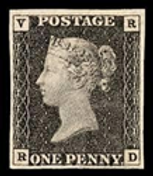
Penny Back – The first Postage stamp
There are few important elements in each stamp design. Denomination, which includes the
monitory value of the stamp, is the most important component of any stamp design. Country name, perforations and graphic design are the other main components. According to the Universal Postal Union, which coordinates postal policies among the nations, denomination required to be written in Arabic numerals and the country name should be included. Since the first postage stamps didn’t carry the country name, United Kingdom was exempted from the rule and remains as the only country not to carry the name on the stamps. Perforations are the holes punched between two stamps to make them easier to separate. There are 4 major categories of Graphic element in a stamp design.
1. Portrait Bust – This model was famous in early stamp deigns and used the portrait busts of the ruler or other significant person.
2. Emblem – Coat of arms, flag, national symbol or post horn etc
3. Numeric – Carried numerical value
4. Pictorial – This is a widely used design as the choice of image is unlimited.
Usually, the stamps are designed in the shape of rectangle and it could be horizontal or vertical. Regular size of a stamp is 10mm -30mm in each direction and the smallest issued was 8mm x 9.55mm – “Bolivar 10c green” issued by a province of Columbia. There are other basic shapes such as triangular, circle, octagon, rhombus etc. Free style shape stamps are also issued and banana shaped stamp issued in Tonga (1969-1985) is famous among them.
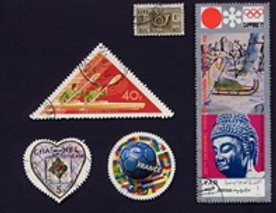
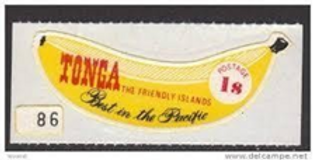
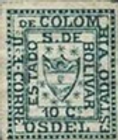

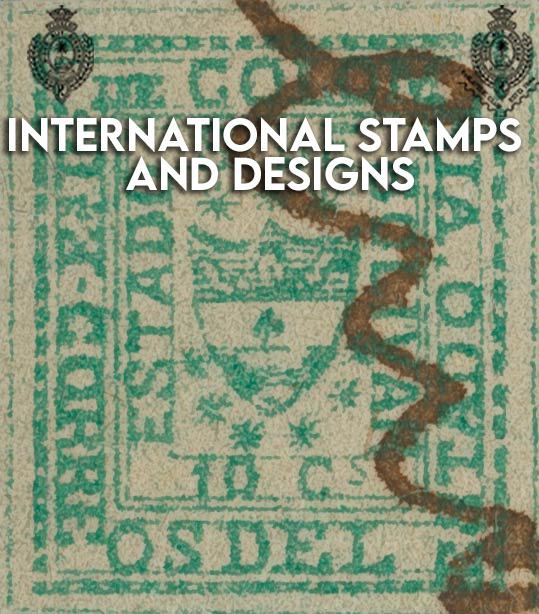

 Prefects
Prefects